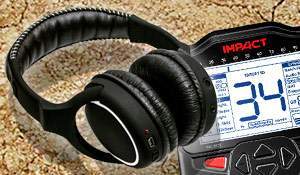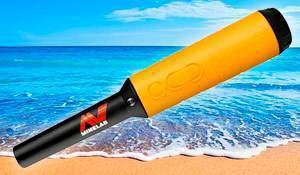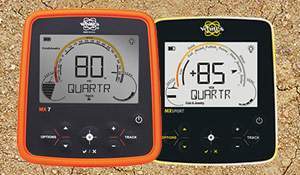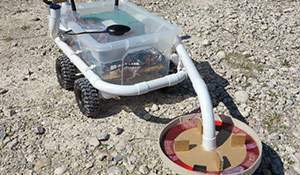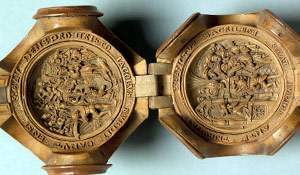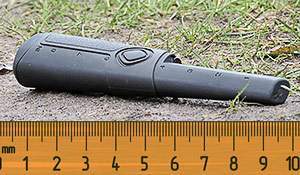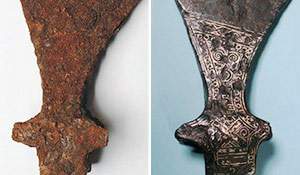Makro wireless headphones work with Nokta Impact
I wonder if anyone hit upon the idea to check whether Makro coils are compatible with Nokta machines. And don’t ask the reason why. For instance, the Makro Racer 2 wireless headphones work for the Nokta Impact detector. Is it a surprise? Continue reading
A proper recovery speed test of Garrett AT MAX
Which recovery speed test is the right one? You think it’s the one performed in the ground? You are wrong. The ground test is an interpretation of the air one. What we call a proper recovery speed test is when a positive target is located beneath a couple of negative ones. Simply said, when a coin is under the nails. That’s the only way you can know the detector’s real capabilities… But how about the Garrett AT MAX? Is this new machine able to well and truly separate close together targets? And is it worth its considerable price declared? It’s interesting (learn how to make proper tests). Continue reading
Practical test for Minelab PRO-Find 35 (compared to the old one). Pinpointer battle
Do you have a pinpointer? How will this one react if there is a coin and a nail in the same hole? Will you cope with or give up on such a difficult test? You surely have an old probe, but today we are going to talk about a new Minelab PRO-Find 35. I wonder whether it can be really helpful to a treasure hunter: without producing false signals, truly time saving, without hidden monetary losses, and above all, better than the old one. Here’s, to all true detectorists, a comparative test of the Minelab PRO-Find 35 in practice. Does Minelab’s new probe provide good performance or is it the useless beeping thing? Continue reading
Minelab Pro-Find 35 Salt Water Beach Test
While working with the Minelab Pro-Find 35 in saltwater it’s necessary to reduce sensitivity by using the +/- buttons. The junior Pro-Find 15 doesn’t have these ones, however. So, isn’t it possible to use the junior in saltwater? Certainly not. And this is primarily because of the fact that the probe should be able to withstand submersion. The Pro-Find 35 is submersible whereas the Pro-Find 15 isn’t. Here’s an interesting and useful test: how the Minelab Pro-Find 35 works in dry and wet sand, how it behaves when submerged in water, how buoyant it is. Continue reading
Comparison: White’s MX7 & White’s MX Sport. Can you see the difference?
Weight, the coil and color… Actually, the difference between these two metal detectors lies only in the weight, type, and size of the coil (that can be replaced), and a color. And that’s all… Oh man, I totally forgot: there is one more – a $200 price drop – difference. Continue reading
